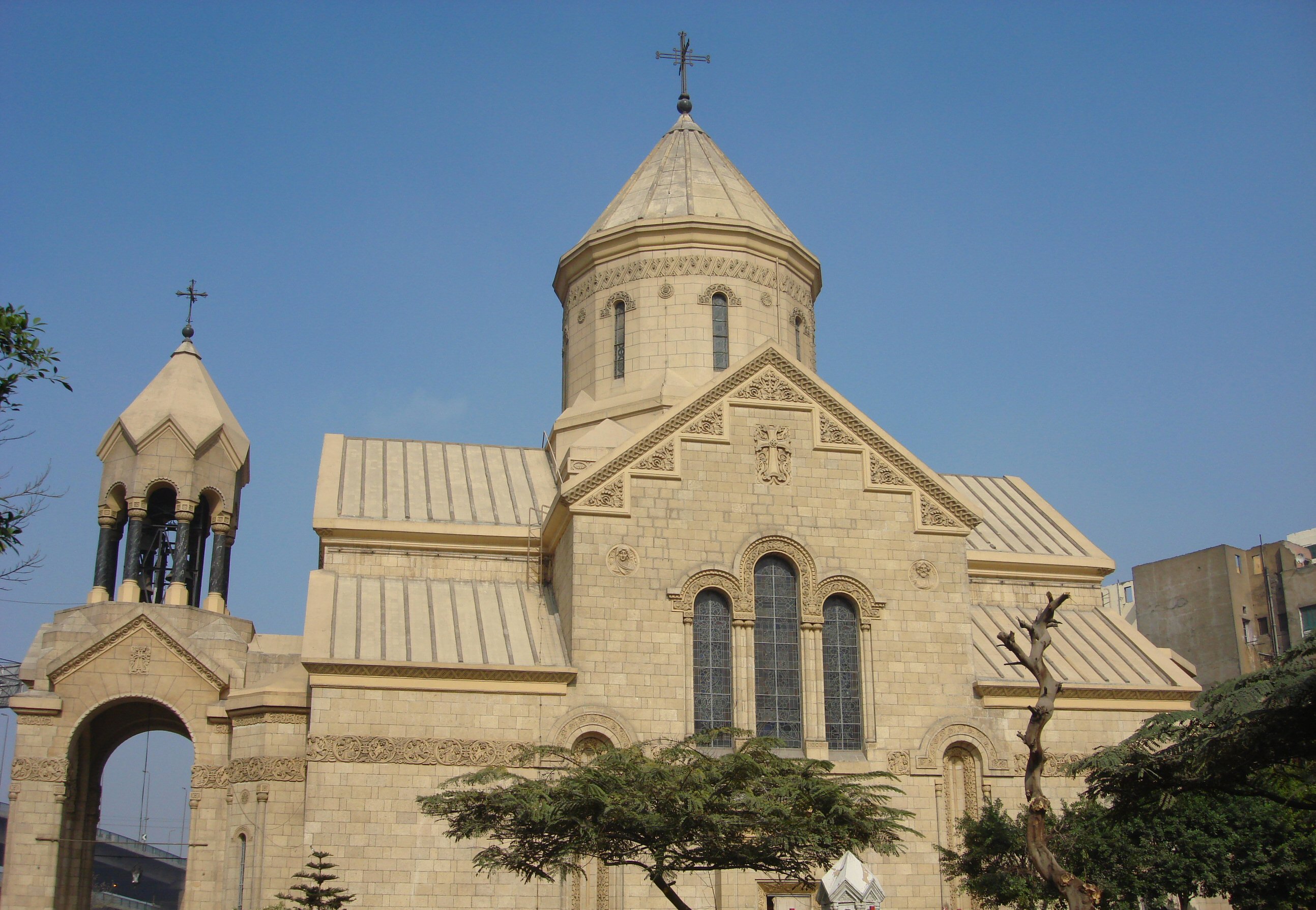El Daher on:
[Wikipedia]
[Google]
[Amazon]
 Al-Wayli is a
Al-Wayli is a
 In 2017 qism al-Wayli had 79,292 residents in its 12 shiakhas.
While qism Al-Zahir had 71,870 residents in its six shiakhas in 2017.
In 2017 qism al-Wayli had 79,292 residents in its 12 shiakhas.
While qism Al-Zahir had 71,870 residents in its six shiakhas in 2017.
 Al-Wayli is a
Al-Wayli is a district
A district is a type of administrative division that in some countries is managed by the local government. Across the world, areas known as "districts" vary greatly in size, spanning regions or county, counties, several municipality, municip ...
in the Western Area of Cairo
Cairo ( ; , ) is the Capital city, capital and largest city of Egypt and the Cairo Governorate, being home to more than 10 million people. It is also part of the List of urban agglomerations in Africa, largest urban agglomeration in Africa, L ...
, Egypt
Egypt ( , ), officially the Arab Republic of Egypt, is a country spanning the Northeast Africa, northeast corner of Africa and Western Asia, southwest corner of Asia via the Sinai Peninsula. It is bordered by the Mediterranean Sea to northe ...
. According to the district map (below), and the census, it is subdivided into the qisms (police wards) of al-Wayli and el-Daher, or al-Zahir (, ). Some of their better known quarters are Sakakini and Abbassia
Abbassia ( ) is a neighbourhood that makes up five shiakhas (census blocks) in al-Wayli district in Cairo, Egypt.
The Saint Mark's Coptic Orthodox Cathedral is located in Abbassia. The medical faculty of Ain Shams University and its aff ...
.
History
The area of al-Zahir was known as the Square of Qaraqush, where it was used as polo grounds by the 12th CenturyAyyubid
The Ayyubid dynasty (), also known as the Ayyubid Sultanate, was the founding dynasty of the medieval Sultan of Egypt, Sultanate of Egypt established by Saladin in 1171, following his abolition of the Fatimid Caliphate, Fatimid Caliphate of Egyp ...
regent Qaraqush, north west of Cairo's walls.Taqi al-Din Ahmad al-Maqrizi, "Khitat," trans. Martyn Smith, 2009, 2:299-300. After the conquest of Cairo by the Mamluks
Mamluk or Mamaluk (; (singular), , ''mamālīk'' (plural); translated as "one who is owned", meaning "slave") were non-Arab, ethnically diverse (mostly Turkic, Caucasian, Eastern and Southeastern European) enslaved mercenaries, slave-sold ...
, the new sultan al-Zahir Baybars
Al-Malik al-Zahir Rukn al-Din Baybars al-Bunduqdari (; 1223/1228 – 1 July 1277), commonly known as Baibars or Baybars () and nicknamed Abu al-Futuh (, ), was the fourth Mamluk sultan of Egypt and Syria, of Turkic Kipchak origin, in the Bah ...
built his eponymous mosque
A mosque ( ), also called a masjid ( ), is a place of worship for Muslims. The term usually refers to a covered building, but can be any place where Salah, Islamic prayers are performed; such as an outdoor courtyard.
Originally, mosques were si ...
over the polo grounds in 1268.
Until the mid 19th Century, the area north of the mosque was the rural fringe of Cairo, consisting of the villages of El-Waylia, El-Demerdash, El-Mohamady and the Kobba palace izba (hamlet
''The Tragedy of Hamlet, Prince of Denmark'', often shortened to ''Hamlet'' (), is a Shakespearean tragedy, tragedy written by William Shakespeare sometime between 1599 and 1601. It is Shakespeare's longest play. Set in Denmark, the play (the ...
).
In 1849, Egypt's ruler, Abbass Pasha I, redeveloped the area into the Abbasia neighbourhood. However, by the late 19th Century the area was sparsely developed, where the contractor and real estate developer Sakakini Pasha bought a parcel of "swampy mosquito infested" land immediately north of al-Zahir mosque, and built a radial grid development in 1897, with his circular palace placed in the middle of the grid. This area is known today as the Sakakini quarter (shiakha) in qism al-Zahir.
Administrative subdivisions and population
Al-Wayli district is divided into the qisms of al-Zahir and al-Wayli according to the Cairo Governorate district map and the census. In 2017 qism al-Wayli had 79,292 residents in its 12 shiakhas.
While qism Al-Zahir had 71,870 residents in its six shiakhas in 2017.
In 2017 qism al-Wayli had 79,292 residents in its 12 shiakhas.
While qism Al-Zahir had 71,870 residents in its six shiakhas in 2017.
References
{{coord, 30, 04, 27, N, 31, 16, 12, E, type:adm3rd_source:kolossus-svwiki, display=title Districts of Cairo